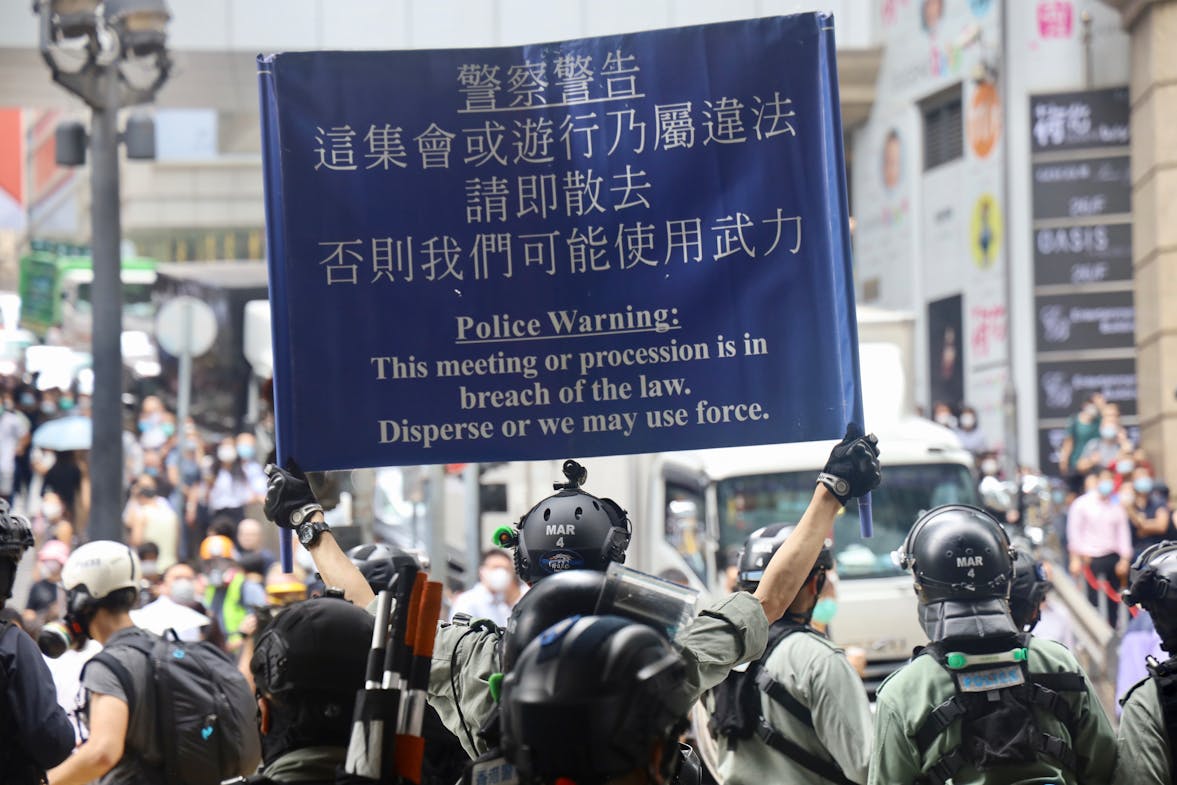Recent violent incidents in China have raised concerns about the country’s ability to address deep-seated social grievances. In November alone, attacks claimed 43 lives and injured more than 70, with several instances linked to economic hardship, inadequate social support, and frustrations with the government’s response to public concerns.
Social and Economic Frustrations Behind the Violence
Experts, including Kevin Slaten from Freedom House’s China Dissent Monitor, suggest that these violent acts are often driven by economic pressures and systemic failures. China’s struggling economy has left many feeling desperate, particularly within the working class. “These violent attacks are not just isolated incidents; they are a direct reflection of a broader crisis,” Slaten said. Many of the victims were workers, facing unpaid wages and unfulfilled promises from employers. One of the most recent attacks involved a 21-year-old student in Wuxi, who killed eight people after expressing dissatisfaction with his internship pay.
These incidents highlight the growing sense of frustration among the population, especially the millions of migrant workers, who lack sufficient social safety nets. Eli Friedman, a labor expert from Cornell University, emphasized that without unemployment insurance and with rising job insecurity, this demographic is particularly vulnerable. “The absence of a robust social safety net is exacerbating the situation,” Friedman noted.
Challenges in Grievance Resolution
Although China has systems in place to address disputes over wages and employment, many citizens struggle to navigate these channels. Slaten explains that long legal processes and difficulties in organizing collective complaints prevent many from seeking recourse through formal channels. “When people feel their voices aren’t heard, anger often turns to violence,” he said.
This lack of effective grievance resolution is reflected in recent data showing an alarming number of violent incidents in 2023. Between February and November, 120 people were killed, and 213 injured in attacks across China, many involving knives or vehicles. November was particularly deadly, marking the highest toll in a single month this year.
Government Response and Censorship
The Chinese government is keen to suppress information about such attacks, swiftly removing posts from social media platforms like Weibo. Dali Yang, a political expert at the University of Chicago, pointed out that while authorities aim to prevent widespread panic, this approach also complicates efforts to understand the root causes of the violence. “By censoring the discourse, the government misses the opportunity to address the deeper societal issues contributing to these attacks,” Yang said.
Despite this, there is clear public concern. Though much of the information about the attacks is censored, citizens continue to discuss these incidents in private chat rooms, expressing unease over the indiscriminate nature of the violence.
Efforts to Mitigate Risks
In response to the recent surge in violence, President Xi Jinping has called for stronger preventive measures and emphasized the need to resolve disputes early. Local governments are now identifying “high-risk individuals,” including the unemployed, those with low incomes, and people with few avenues for expressing discontent. These individuals may be more likely to resort to violence.
However, analysts like Lin Thung-Hong from Taiwan’s Academia Sinica caution that the government’s efforts to identify high-risk groups may be only a short-term solution. “China’s current strategy may provide temporary relief, but it’s uncertain whether the government will resort to more repressive measures to control these individuals,” he said.
Conclusion: Growing Pressures and Uncertainty
The escalating violence in China is a stark reminder of the social pressures building as the economy slows. With a large section of the population facing economic hardships and limited means to express their grievances, the government’s current measures seem insufficient to address the underlying causes. Whether the authorities can pivot toward long-term, effective solutions to manage social unrest remains uncertain.
Additional References:
- Freedom House – China Dissent Monitor: China Dissent Monitor
- Cornell University – Eli Friedman’s Research on Labor in China: Eli Friedman on Labor in China
- University of Chicago – Dali Yang’s Analysis on Chinese Politics: Dali Yang’s Profile
- Human Rights Watch – Workers in China: Human Rights Watch – Labor Rights in China



